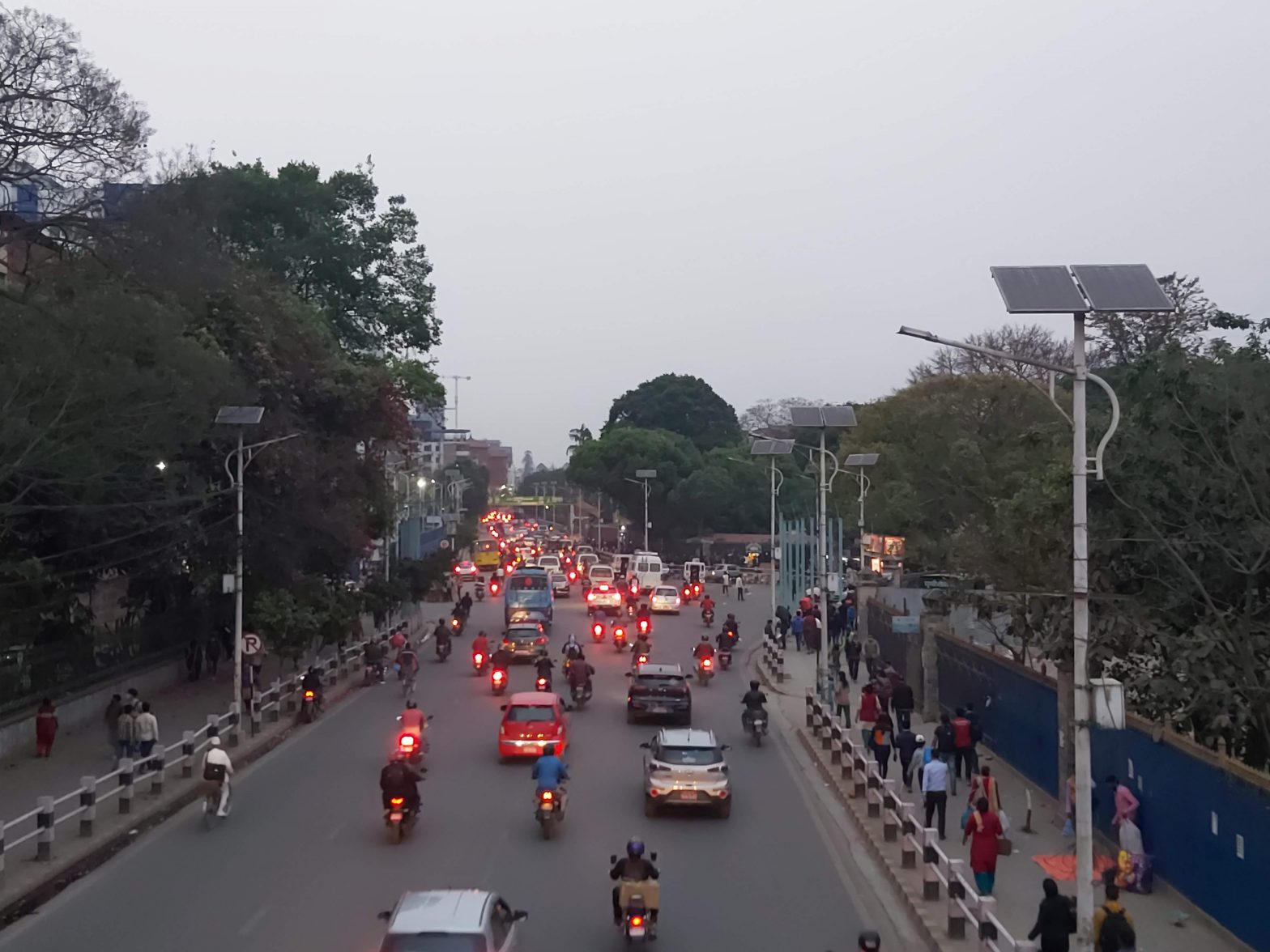Kathmandu: The government has finally enforced the long-pending Vehicle Emission Standard 2082, tightening regulations on vehicle pollution in Nepal. Under the new rule, light vehicles—including two, three, and four-wheelers—must now comply with Euro-5 standards, while heavy four-wheelers must meet the more stringent Euro-6 norms.
The regulation was officially published in the Nepal Gazette, marking a significant shift from the Euro-3 equivalent standards that had been in place since 2069 BS (2012 AD). Nepal first adopted emission norms with the Environmental Regulations 2054, introducing the Nepal Emission Standard 2056 (Euro-1 equivalent), which was last updated more than a decade ago.
The delay in adopting stricter standards has been a persistent concern among environmental experts, who have warned about the growing impact of vehicular emissions on urban air quality.
However, the government has offered concessions for vehicles and parts imported under Letters of Credit (LCs) opened before June 23. These vehicles can still adhere to the older Nepal Vehicle Emission Standard 2069.
The gazette notice clarifies: “Notwithstanding anything mentioned in sub-section (1), vehicles and parts for which the LC was opened or payment was completed via bank before the date of publication in the Nepal Gazette, and vehicles assembled or produced in Nepal using such parts, shall fall under the provisions of the Nepal Vehicle Emission Standard 2069.”
With this move, Nepal aligns itself more closely with international environmental standards, although implementation and monitoring remain key challenges.
